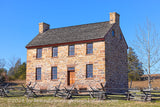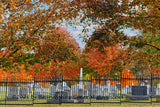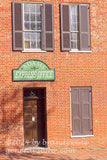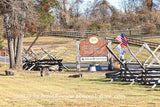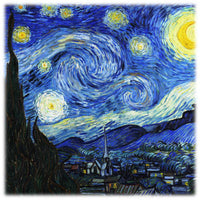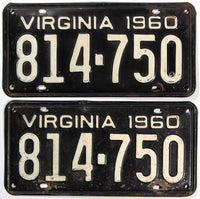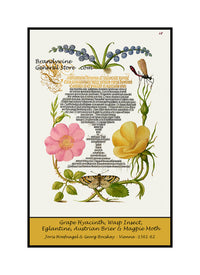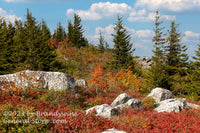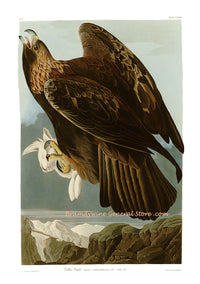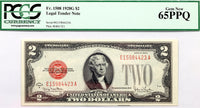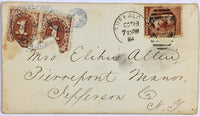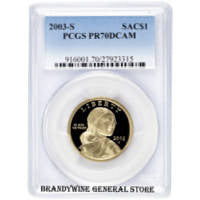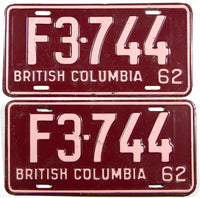Pileated Woodpecker by John James Audubon
An archival premium Quality art Print of the Pileated Woodpecker by John James Audubon for sale by Brandywine General Store. Audubon did this painting for his ornithology book, The Birds of America published during the decades of the 1820s and 1830s. Audubon features a group of four pileated woodpeckers with a male, female and two young male specimens which are all setting in a small tree which has a vine of raccoon grapes snaking up through. Audubon describes the raccoon grape as being one of the finest vines in America, growing to a large size with a bitter fruit upon which wildlife eats in the fall. The top bird, the female has a caterpillar in her mouth getting ready to eat. Picus Pileatus - Audubon says the following about the Pileated Woodpecker "The Pileated Woodpecker is fond of Indian corn, chestnuts, acorns, fruits of every kind, particularly wild grapes, and insects of all descriptions. The maize it attacks while yet in its milky state, laying it bare, like the Redheads or Squirrels. For this reason, it often draws upon itself the vengeance of the farmer, who, however, is always disposed, without provocation, to kill the "Woodcock," or "Logcock" as it is commonly named by our country people. The flight of this well known bird is powerful, and, on occasion, greatly protracted, resembling in all respects that of the Ivory-billed Woodpecker. Its notes are loud and clear, and the rolling sound produced by its hammerings, may be heard at the distance of a quarter of a mile. Its flesh is tough, of a bluish tint, and smells so strongly of the worms and insects on which it generally feeds, as to be extremely unpalatable. It almost always breeds in the interior of the forests, and frequently on trees placed in deep swamps over the water, appearing to give a preference to the southern side of the tree, on which I have generally found its hole, to which it retreats during winter or in rainy weather, and which is sometimes bored perpendicularly, although frequently not, as I have seen some excavated much in the form of that of the Ivory-billed Woodpecker. Its usual depth is from twelve to eighteen inches, its breadth from two and a half to three, and at the bottom sometimes five or six. It rears, I believe, only one brood in a season. The young follow their parents for a long time after coming abroad, receive food from them, and remain with them until the return of spring. The old birds, as well as the young, are fond of retiring at night to their holes, to which they return more especially in winter. My young friend, THOMAS LINCOLN, Esq. of the State of Maine, knew of one that seldom removed far from its retreat during the whole of the inclement season...." Audubon bird print #111



